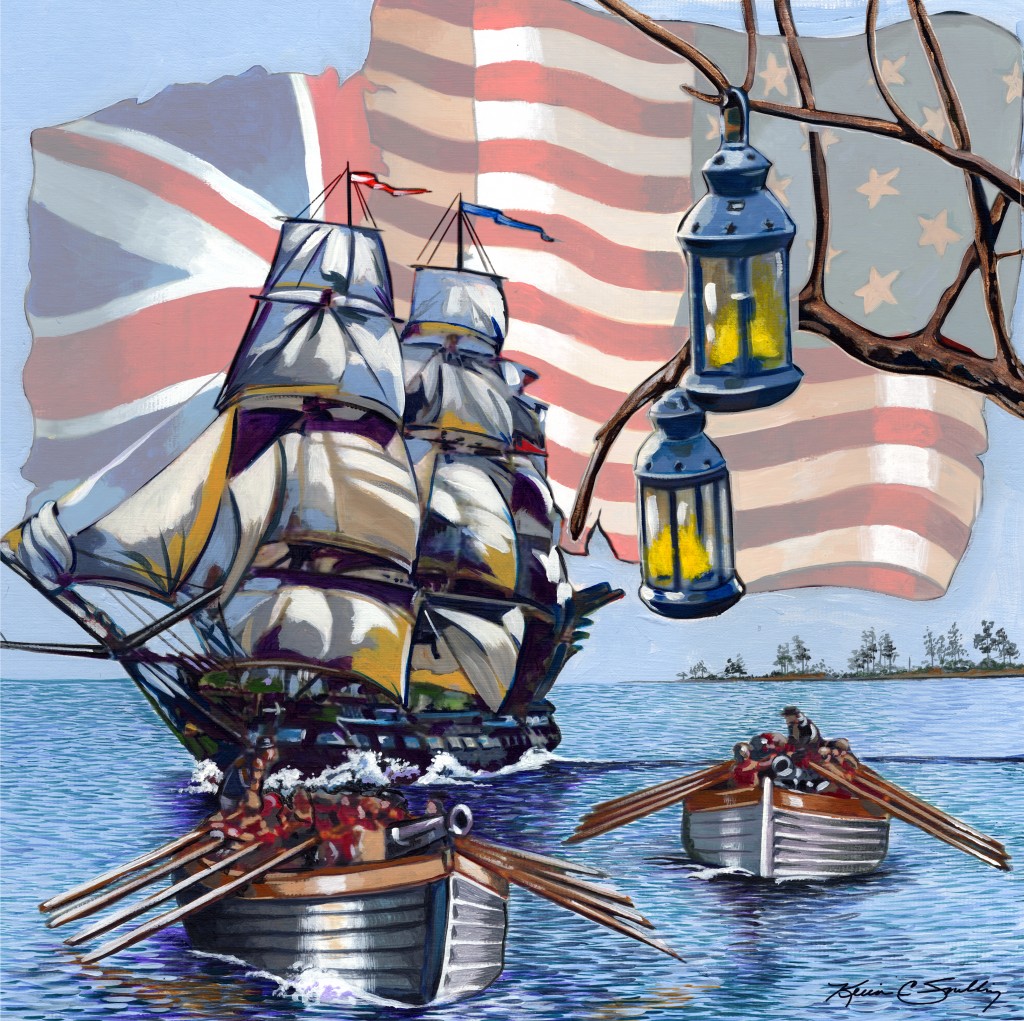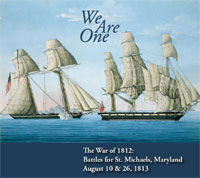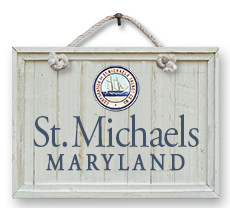 In 1672, an Episcopal Parish was established on the banks of the Miles River and named after Saint Michael the Archangel. From its early days as a shipbuilding town, its growth as a center for the oystering and crabbing trades and through its late twentieth century transformation into a tourist and sailing haven, St. Michaels and its citizens have forged a way of life that is renowned for its beauty, tranquility and craftsmanship.
In 1672, an Episcopal Parish was established on the banks of the Miles River and named after Saint Michael the Archangel. From its early days as a shipbuilding town, its growth as a center for the oystering and crabbing trades and through its late twentieth century transformation into a tourist and sailing haven, St. Michaels and its citizens have forged a way of life that is renowned for its beauty, tranquility and craftsmanship.
The charm of St. Michaels lies in the careful restoration and preservation of the town by citizens who are proud of their heritage. A visitor today can experience a sense of history with a self-guided tour that retraces the steps of those long-ago soldiers and townspeople.
The original street plan was laid out by developer James Braddock in the late 1770s, with lots laid out around a central square. St. Mary’s Square today is the site of the St. Michaels Museum, which is a must-see for any visitor interested in the history of St. Michaels. Among the beautiful historic homes that border St. Mary’s Square is one of the most recognizable structures in the area, a private home known since the War of 1812 as the Cannonball House.
Early on the morning of August 10, 1813, a number of British barges sailed up the Miles River intending to shell the town and its harbor fort. The citizens of St. Michaels, having been warned in advance of the planned attack, had evacuated most of the women, children, livestock and valuable possessions to an area outside of town known as “Onion Hill.” A British landing party came ashore, and the defenders of the small battery at the mouth of the harbor fled into town. The British returned to their boats and shelled the town, while two artillery batteries returned fire from the shore of the harbor. According to local legend, Brigadier General Perry Benson, commanding officer of the Talbot County militia, ordered lanterns placed in treetops just outside of the town and all other lights in the town extinguished, causing the British to overshoot the town. Among the few dwellings hit was a brick house near the harbor now known as the “Cannonball House.” Whether true or not, the story inspired the town’s moniker as “The Town That Fooled The British.” The British suffered two wounded men during their brief invasion, and the Americans reported “no injury to any human being.”

We Are One
The War of 1812: The Battles for St. Michaels
St. Michaels is excited to present its book about its role in the War of 1812. A series of essays by distinguished historians and writers, the book tells the story of how the small town was targeted by the British due to its shipbuilding, especially the fast schooners that were so effective against the British. This includes the Chasseur which became known as the “Pride of Baltimore.”
The book provides a look at life in a small Chesapeake town of the period as well as an account of the two attempted invasions of St. Michaels and how local militia, under the leadership of Brig. Gen. Perry Benson, stopped the world’s most powerful navy. We Are One also takes a sometimes humorous look at the lore that has been passed by generations of the people of St. Michaels. The essays are enhanced by images from the period and contemporary photographs by accomplished artists.
As Pulitzer Prize winning historian Dr. Alan Taylor states in the foreword, We Are One nicely intermixes both fact and myth allowing the reader “…to decide how best to combine humor and heroism to remember the war.”
This book was created by volunteers and funded by grants as a part of our Bicentennial observation. All proceeds are dedicated to the reprinting of the book.
If you are interested in purchasing the book, please call the Town Office at 410-745-9535 for details on payment. Check or credit cards will be accepted. Cost for the book is $10.00 + $3.00 shipping and handling. Office hours are Monday-Friday 8:30 – 4:30 EST.











